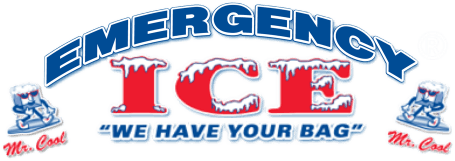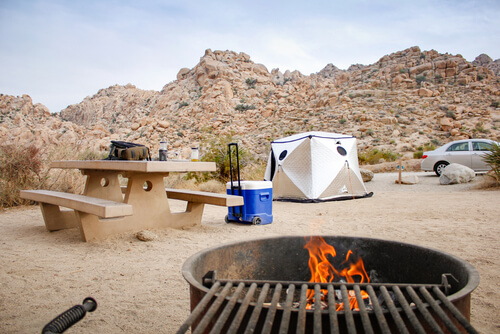Camping is a pursuit that’s as ancient as humanity itself, yet it constantly evolves with new gadgets, techniques, and innovations. One such advancement that’s been making waves in the world of outdoor enthusiasts is dry ice. You read that right: Dry ice, the solid form of carbon dioxide, can be your best ally on your next camping adventure!
So, why is dry ice making such a big splash, and how can you use it effectively while camping? Let’s dive into this icy adventure.
What is Dry Ice?
Dry ice is carbon dioxide in its solid form. At a chilling -78.5°C (-109.3°F), it sublimates directly into carbon dioxide gas rather than melting. This makes it an ideal cooling agent for many applications — especially when traditional ice isn’t up to the task.
Why Use Dry Ice for Camping?
It may seem like a new or surprising idea, but dry ice aficionados have been creatively using dry ice in their outdoor adventures for years. There are many benefits, some of which you may never have imagined.
- Longer-Lasting Cold Storage: Traditional ice melts, leaving you with a soggy mess and potentially spoiled food. Dry ice lasts much longer, ensuring that your perishables stay fresh.
- Space Saver: As dry ice sublimates, it disappears, leaving more room in your cooler as your trip progresses.
- A Water-Free Cooler: Since dry ice sublimates into a gas, there’s no water to deal with. Your sandwiches will thank you!
How to Pack Dry Ice for Camping
Knowing the basics is essential once you’ve decided to try dry ice for your adventure.
- Protect Yourself: Dry ice is extremely cold, and handling it without gloves can cause frostbite. Use thick gloves and avoid direct contact with the skin.
- Pre-Cool Your Cooler: Place regular ice in your cooler an hour or so before packing it with dry ice, which won’t sublimate as quickly.
- Wrap the Dry Ice: Use newspaper or a thick cloth to wrap the dry ice. This helps in slowing down the sublimation and protects the items in your cooler.
- Pack Strategically: Place the wrapped dry ice on top of your perishables, as CO2 is heavier than air and will sink, cooling items efficiently.
- Vent Your Cooler: Since dry ice sublimates into CO2 gas, pressure can build up in an airtight container. Leave your cooler slightly vented to allow the gas to escape.
Dry Ice Safety Precautions
As with any chemical, it’s worth going over some of the instances where you’ll need to be more alert while using dry ice.
- No Sealed Containers: Pressure can build up and cause an explosion.
- No Prolonged Exposure: Ventilation is critical. Breathing concentrated CO2 is harmful.
- Keep Out of Reach of Children: Educate children about these hazards and keep the dry ice inaccessible.
Additional Cool Uses for Dry Ice
Beyond keeping your food fresh, dry ice can be useful for other fun camping activities!
- Fog Effects: Add dry ice to a water container for a mystical campfire ambiance.
- Ice Cream and/or Cocktails: Depending on who’s along on your trip, one or both of these may be welcome. With some sugar and cream, dry ice makes instant ice cream, and it can bubble up through a cocktail for the perfect drink presentation.
- Insect Repellant: CO2 is known to repel insects, including mosquitos. Keep them at bay with your dry ice cooler!
Keep Cool All Summer Long With Dry Ice Delivery
Dry ice is more than a novel idea; it’s a practical and versatile addition to your camping toolkit. With careful handling and a bit of planning, it can elevate your camping experience to new, cooler heights. From keeping your culinary delights fresh to adding a touch of mystique to your campfire storytelling, dry ice offers numerous benefits that can make your camping adventure one for the memory books.
Next time you plan a trip to the great outdoors, don’t leave home without this icy companion! It’s not just a cool trend; it’s a cool way to camp. Get all your dry ice delivered by Emergency Ice!
Contact us today to schedule your next drop-off.

